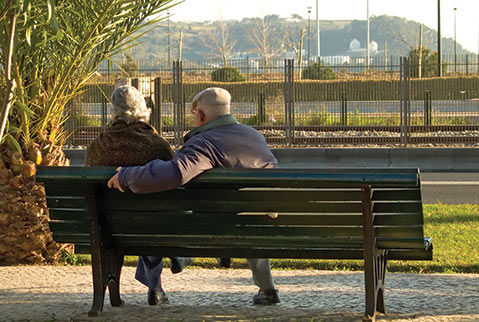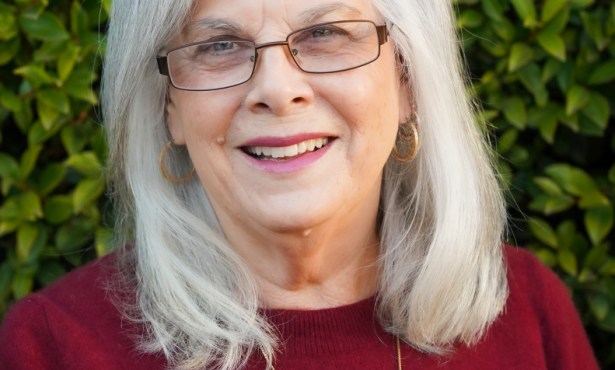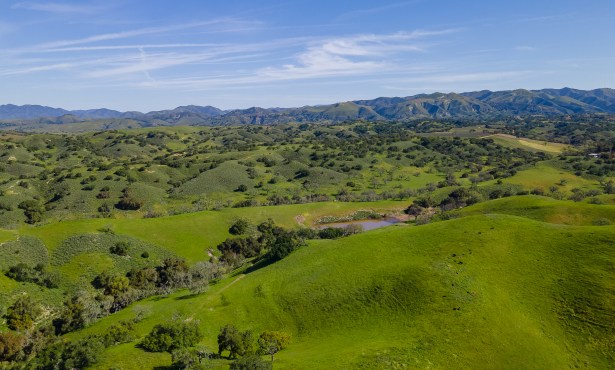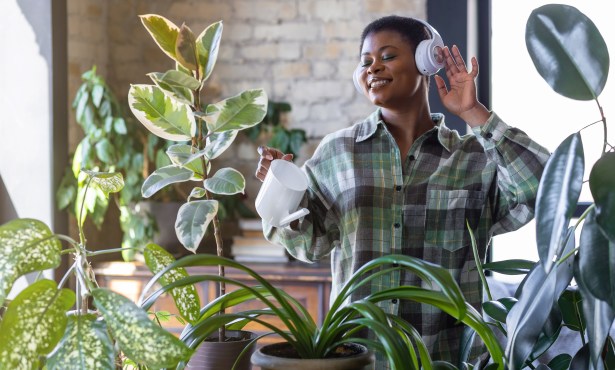Green Your Crib: Forging a Quality Old Age

Maintaining or improving quality of life in our older years requires staying stimulated and connected. We need stimulation to keep our bodies moving, our brains active, and our spirits lifted so that we remain engaged in the process of living. Walking, biking, gardening, dancing, and exercise classes can keep us physically active. Reading, listening to music or books on tape, using the Internet, attending lectures, participating in a book club or discussion group, taking field trips — all these keep us learning and our brains engaged. Our spirits are nourished by spending time in nature, meditating, attending church, and working with nonprofits to better our community or our world, or even just lending others a helping hand.
Connectivity is vital. One form comes from setting up places and ways to connect with nature: Create outdoor places to sit in the sun or the shade for napping, reading, listening to the birds, or appreciating the bees, butterflies, and dragonflies; or grow plants and trees for food, for beneficial insects, and for flowers with their fragrance and beauty. And it’s nice to have a deck, terrace, or balcony where you can watch the clouds, the stars, the moon, and the street life. The area need not be large to surround oneself with nature — a small patio with pots will often suffice. Near views of nature can be as fulfilling as great panoramas if we tune in to the subtle day-to-day changes in plants, weather patterns, and visiting insects.
Another type of connectivity comes from interactions with neighbors, schoolchildren, and nearby businesses. Walking the neighborhood pulls one into regional issues (wildfire preparedness, street repair, noise intrusion, pedestrian safety, etc.) and helps us thrive. Social connectivity through frequent visits with friends, one’s children, and grandchildren (Santa Barbara is an inducement for regular visits if they don’t live in town); through volunteering; or even through the companionship of a pet (pets often get us to exercise with regularity) contributes greatly to quality longevity. Variety is the secret, having people of all ages in our lives with one or more persons to count on when needed.
A few years ago, I had the privilege of serving on the board at Valle Verde, one of our retirement communities. The 400 residents, with an average age of 85, mostly educators and professional people, exhibited a rare curiosity and engagement with life. I enjoyed many in-depth, challenging conversations with the vibrant residents, frequently on the subject of climate change. Of note, they received state awards for greening their community. They were definitely not “checking out.”
Old age is an achievement involving a good bit of luck, but achieving quality in old age is intentional and can be the culmination of one’s life.



